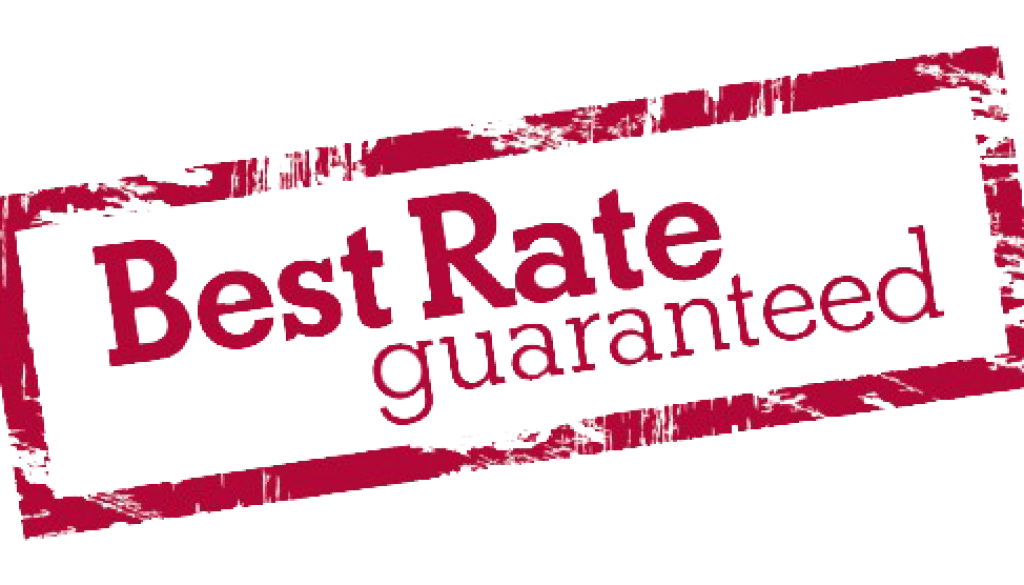
What’s Your Best Rate? | Mortgage Broker in Ontario
Whether you’re calling from Port Elgin, Kincardine or Toronto, one of the first questions is "What is your best rate?". That is completely natural question and it is what the media has taught people to ask. A low rate gives you bragging rights at work. A low rate marketed by a lender is sure to get phone calls. And, it is often asked because people don’t know what else to ask.
If you are one of our existing clients, you already know there is much more to mortgages than interest rate. In fact, you will know that lenders often take away flexibility and privileges in order to shave a small amount off mortgage rates. This is often much more costly to the borrower in the long term.
That is not what this post is about. I want to give you a glimpse of why there is no longer a simple answer to this seemingly simple question. And how fast to run away if the person you are asking doesn’t respond first with questions.
Mortgage Interest Rates Vary For Many Reasons
Interest rates vary based on the mortgage purpose. How much your down payment is. Whether you choose to work with a branch-based lender or a pure mortgage lender. How soon your purchase Closing Date is. Even what features you are prepared to give up or hooks you are prepared to accept in your mortgage.
The lowest interest rate will be for someone purchasing with less than 20% down payment and Closing within 45 days. This is because the mortgage is default-insured with CMHC, Sagen or CG. When the mortgage is effectively government or equivalent insured, it is the lowest risk loan a lender can make – so interest rates are lower (simplistically). And often there are a few lenders providing a ‘quick-close’ special if you are Closing within 45 days.
The next lowest rate will be a purchase with less than 20% down payment closing within 120 days – see above.
When you have 20-35% down, the rate increases significantly because you are no longer paying for Default Insurance which changes the cost of providing the mortgage by the mortgage lender. Most non-branch mortgage lenders will now ‘bulk-insure’ this part of their mortgage portfolio with a default insurer at their expense. That expense is reflected in your mortgage rates.
The highest rates for a fully qualified borrower with good credit comes when you are looking to purchase a rental property or to refinance your existing mortgage. These are examples of mortgages that can not be default-insured. They represent the highest risk to a lender from a good borrower because there is no fall back position. If they have to seize a house and sell it, that is their only path to get back their money.
Confused yet? Let’s take one more step down the rabbit hole …
A branch-based lender is typically using deposits as their source of money to lend out to mortgage borrowers. A pure mortgage lender is typically using investor funds to lend out in the form of mortgages. (Coincidentally, many banks themselves invest into pure mortgage lenders). The cost to use depositor funds is cheaper than to use investors money – which can lead to lower rates on uninsured mortgages such as refinances, rentals as well as more than 20% down payment mortgages.
So, when you call in and ask about interest rates, if the party is transparent and knowledgeable, they are going to ask some questions. What is the purchase price? How much is the mortgage or how much is your down payment? Then they are going to provide some options that will vary based on their recommended lender.
If you get one interest rate – no clarifying questions from the broker or bank lender – it probably makes sense to find a better resource.
And if you are getting ready to purchase or trade up – call us anytime at 519-396-6800. Feel free to ask ‘What is you best rate’ LOL





